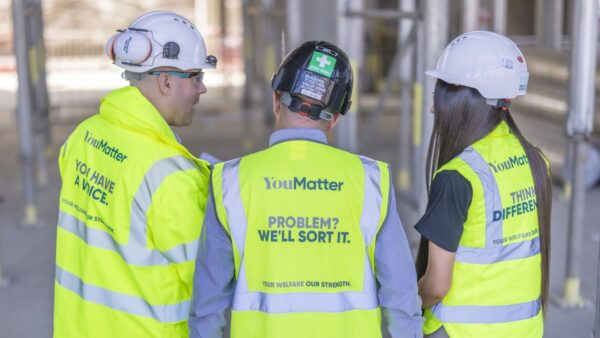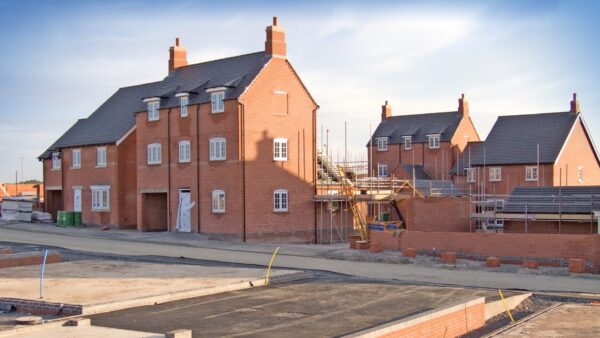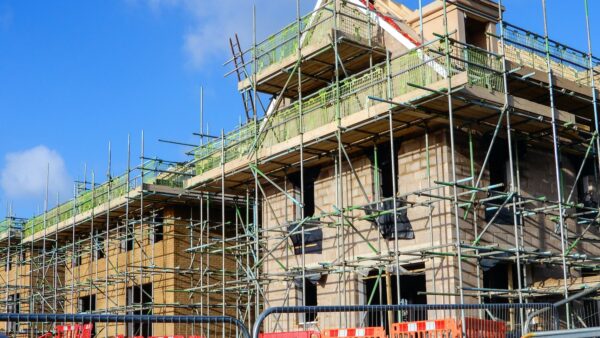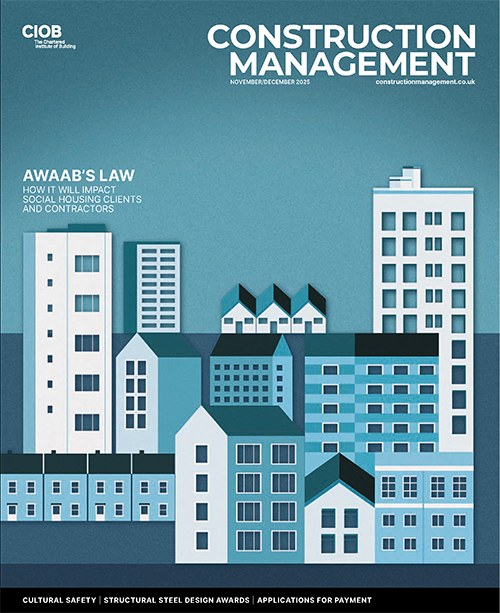Ahead of World Sustainability Day on 29 October, Willmott Dixon’s Doug Drewniak says it’s time to time to address the industry’s broken green promises on building performance.

Despite decades of innovation in sustainable design and net-zero commitments, the uncomfortable truth is that new buildings routinely consume more energy than promised. This performance gap isn’t always about poor construction or corner-cutting; it’s a consequence of the disconnect between the design, delivery, and operation of new buildings, where handover is seen as the finishing line rather than the starting point of performance optimisation.
The promise versus the reality
Every project handover comes with energy performance predictions based on sophisticated modelling. Yet once occupied, these buildings consistently underperform: a heating system left running at 24°C for frost protection; lighting controls that don’t communicate with occupancy sensors; pumps that fail after 18 months instead of the expected decades. Small issues that compound into major operational cost overruns.
This performance gap is a big issue. Property owners invest millions expecting buildings that perform as promised, only to discover they’re quietly burning through energy budgets month after month.
We can’t continue with business as usual. The issue isn’t about quality – it’s about closing feedback loops between design and operation once buildings are occupied. Design teams rarely see how systems perform post-handover, while facilities managers inherit complex systems with limited support.
The industry is shifting. The UK’s Net Zero Carbon Buildings Standard is expected to require performance verification – proof that buildings achieve their promised energy targets in operation. This isn’t coming – pilot projects are already underway. Forward-thinking customers are already asking for performance management beyond handover.
By 2030, it’s highly likely that performance verification won’t be a differentiator – it will be a requirement. Crucially, this shouldn’t be seen as a burden, but an opportunity to go beyond verification and make the data really count.
Performance monitoring is rarely implemented, and when it is, it typically fails at the crucial step – turning measurements into action. Facilities teams need specialist support to analyse monitoring data and identify problems, so people on the ground, like school caretakers, can act immediately.
Real performance management needs three things: expert analysis to make sense of building data; clear recommendations that drive action; and a long-term partnership to keep performance on track.
The business case for performance partnership
The financial argument is compelling. In a time of lean budgets and high energy prices, closing the performance gap can save millions. Our building performance service, Energy Synergy, achieves 15% energy savings on average for our customers – nearly halving the typical performance gap.
At Hollycroft Primary School, Leicestershire County Council’s first school designed to achieve net zero carbon in operation, we have helped the customer identify improvements, such as seasonal heating adjustments, to reduce annual energy use by almost 28MWh, saving around £8,000 a year.
At Horncastle Hub in Lincolnshire, simple changes to overnight equipment schedules and server room temperatures delivered annual savings of over £7,000.
These aren’t exceptional results; they’re repeatable. With a two-year payback on average, performance management is good practice and good business.
But the value goes deeper. Performance verification creates competitive differentiation, generates learning that improves future designs, and builds the long-term partnerships that drive repeat business.
When customers see quantified savings from your expertise, who do they call for the next project?
Without real-world performance data on how systems actually perform, we’re flying blind – wasting energy, money and credibility. The performance gap is more than a technical issue, it’s a reputational one. And in a market increasingly driven by transparency and accountability, verified performance isn’t just a metric, it’s a strategic advantage.
Performance verification is coming fast. The question is: will you be the one driving the change, or playing catch-up?
Doug Drewniak is principal sustainability manager at Willmott Dixon.











